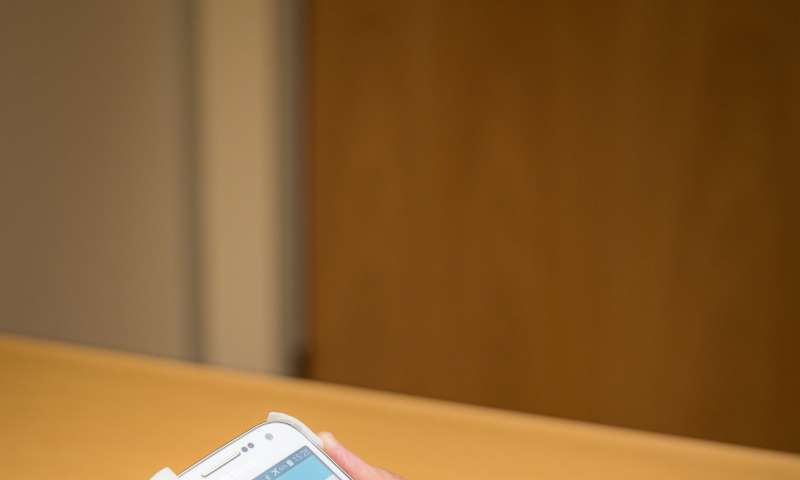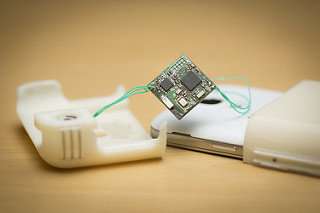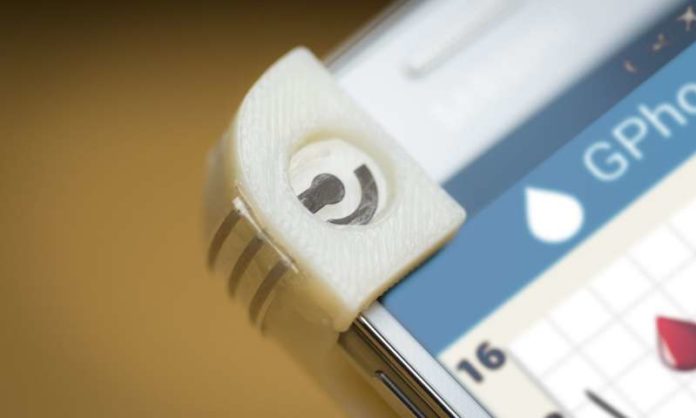Checking blood sugar levels can be a hassle for people with diabetes. They need to pack their glucose monitoring kits around with them every time they leave the house. This system is going to end soon.
Engineers at the University of California San Diego have developed a smartphone case and app that could record and track blood glucose. The device is known as GPhone.

Patrick Mercier, a professor of electrical and computer engineering at UC San Diego said, “Integrating blood glucose sensing into a smartphone would eliminate the need for patients to carry a separate device. An added benefit is the ability to autonomously store, process and send blood glucose readings from the phone to a care provider or cloud service.”
GPhone, is a new proof-of-concept portable glucose sensing system that composed of two parts. One is a slim, 3D printed case that fits over a smartphone and has a permanent, reusable sensor on one corner. The second part consists of small, one-time use, enzyme-packed pellets that magnetically attach to the sensor.
It also consists of the pellets that are housed inside a 3D printed stylus attached to the side of the smartphone case.
To run a test, the client would first take the stylus and apportion a pellet onto the sensor—this progression enacts the sensor. The client would then drop a blood test to finish everything. The sensor measures the blood glucose focus, at that point remotely transmits the information through Bluetooth to a handcrafted Android application that shows the numbers on the cell phone screen.

The test takes around 20 seconds. A short time later, the utilized pellet is disposed of, deactivating the sensor until the following test. The stylus holds enough pellets for 30 tests before it should be refilled. A printed circuit board empowers the entire framework to keep running off a cell phone battery.
As pellets contain an enzyme called glucose oxidase, it generates an electrical signal that can be measured by the sensor’s electrodes. The greater the signal, the higher the glucose focus. The group tried the system on various arrangements of known glucose focuses. The outcomes were exact all through numerous tests.
Nanoengineering professor Joseph Wang said, “This system is versatile and can be easily modified to detect other substances for use in healthcare, environmental and defense applications. The system stores a considerable amount of data so that users can track their readings over long time periods. However, there is a trade-off in price. While the reusable glucose sensor and 3D printed parts are inexpensive, refill pellets may be slightly more costly than test strips in today’s glucose monitoring kits.”
